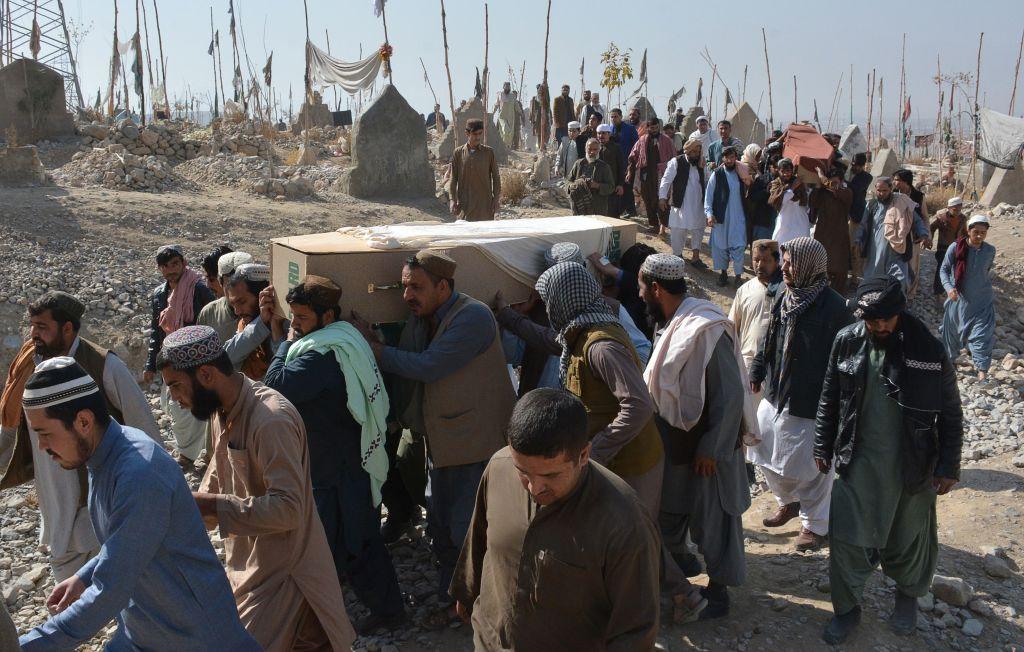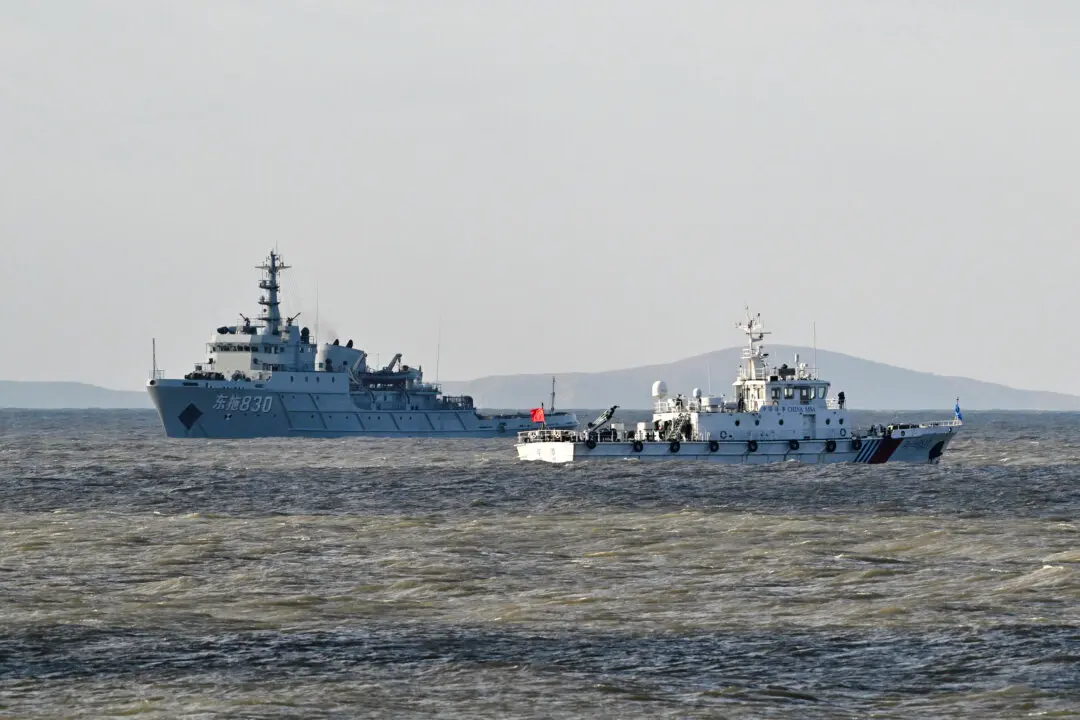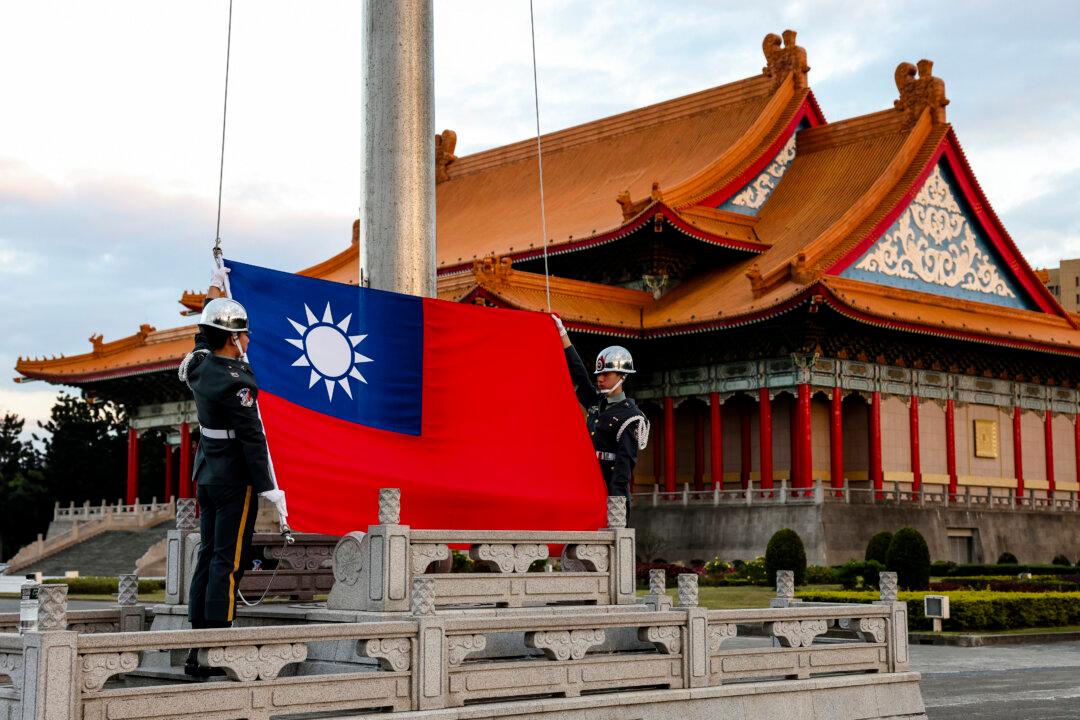In Pakistan, local dissent against China’s mega-projects recently boiled over, with an attack at the Chinese consulate in Karachi that left four people dead and has sparked a debate about the true price of Beijing’s multibillion-dollar infrastructure projects in countries around the world.
On Nov. 23, three attackers belonging to the separatist Baloch Liberation Army (BLA) drove an explosives-laden car into the Chinese consulate, trying to enter the visa section, according to Reuters. The three attackers were killed by police after engaging in a gun battle. While it wasn’t clear if the car exploded, the violence left two police officers and two bystanders dead.
The attack was driven by BLA’s opposition to China’s growing influence in the Pakistani province of Balochistan. In a telephone interview with Reuters about the attack, Jiand Baloch, a spokesperson for BLA, stated, “China is exploiting our resources.”
Balochistan was under British rule before being annexed by Pakistan in 1947. Locals in Balochistan are unhappy that they remain poor. despite abundant natural resources in the region. They accuse the Pakistani government, and now the Chinese, of unfairly exploiting the region.
The militant BLA became active in 2000, with operations in Pakistan and Afghanistan. The group has been identified by Pakistan and the UK as a terror group.
China has financed several infrastructure projects in the region under Beijing’s “One Belt, One Road” (OBOR, also known as Belt and Road), an initiative launched in 2013 with the objective of increasing geopolitical influence by building up trade routes linking China, Southeast Asia, Africa, Europe, and Latin America.
The China–Pakistan Economic Corridor (CPEC) is China’s most important OBOR project in Pakistan, with investments topping $57 billion. The Chinese regime seeks to build a transportation network, mostly through railways, to link Kashgar City in the China-ruled region of Xinjiang with the Pakistani seaport of Gwadar, which is in Balochistan. Beijing hopes the CPEC can serve as an alternative trade route to reduce vulnerability risks: currently, it heavily relies on traveling the Strait of Malacca for energy imports.
BLA and other Baloch groups have often targeted Chinese workers since CPEC was introduced in 2015, according to Al Jazeera, labeling the Chinese project an “imperialist endeavor.”
In August, three Chinese engineers at a copper-gold mining project in the Pakistani town of Saindak, located in the Chaghi District of Balochistan, were injured when a BLA member launched a suicide bomb attack on a bus, according to Pakistan’s English-language newspaper Daily Times. The project is operated by a subsidiary of China’s state-owned China Metallurgical Group.
Balochistan is rich in minerals such as coal, iron ore, marble, and limestone, according to the provincial government’s website. Beijing is known to rely on imports of natural resources to drive the growth of its manufacturing sectors. Minerals are one of the biggest export categories in Pakistan–China trade, according to an Oct. 12 announcement by China’s Ministry of Commerce. Bilateral trade between the two nations reached $13.2 billion in 2017.
Balochi locals also are concerned about the influx of Chinese nationals as a result of CPEC, according to a December 2016 article by Pakistan’s English-language daily newspaper The Nation, citing a report by the Pakistan Chambers of Commerce and Industry (FPCCI), which projects that the Chinese population will overtake the native population by 2048.
The report points out that Chinese settlers and investors, who have been buying up lands in Balochistan, will eventually leave unskilled natives without a piece of their own land.
Beijing’s Agenda
China observer Chen Pokong, in a YouTube video uploaded Nov. 25, explained what drives China to invest in Pakistan.
“[The Chinese regime] wants to secure its rule in China,” stated Chen, explaining that though the Communist Party has tried to protect its rule through a myriad of tactics such has enforcing online censorship, persecuting dissidents, and limiting any form of judiciary independence, it doesn’t feel secure in its power.
Through OBOR, Beijing seeks to improve its image abroad and establish itself as a major global power capable of bringing big business to different countries. In that way, the Communist Party can further claim its “ruling legitimacy,” Chen said.
Chen’s remarks are echoed in an Aug. 3, 2018, editorial by Papua New Guinea media Island Times. The article pointed out China has enjoyed strong domestic growth; yet, if one day such growth proves unsustainable, Beijing might use its growing clout in Pacific island countries to demand financial support, or economic concessions, from major regional players, such as the United States. Those concessions “might prove to be a lifeline for embattled leaders in Beijing desperate to keep their facade of political legitimacy from collapsing,” the article stated.
Papua New Guinea is also heavily targeted by Beijing’s OBOR. According to the Sydney Morning Herald, Beijing had invested more than $1.9 billion in the island country as of September 2017, with infrastructure projects such as roads, bridges, and hospitals.





